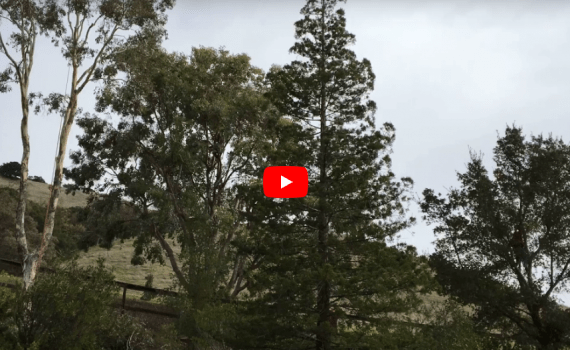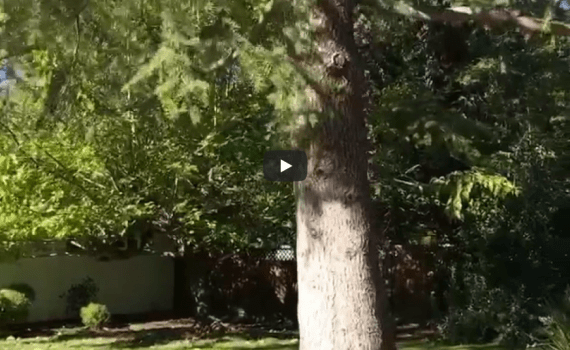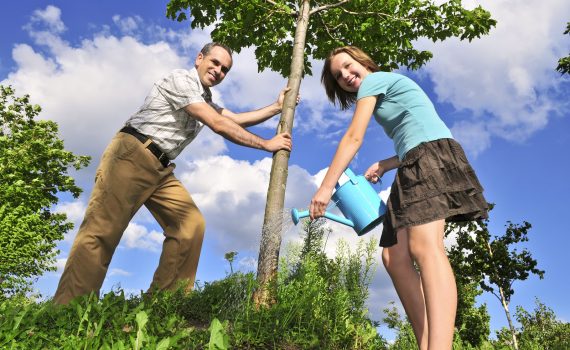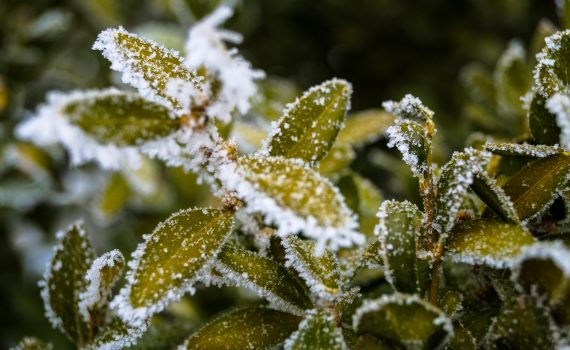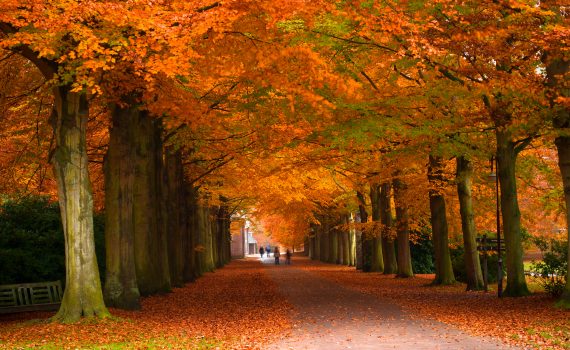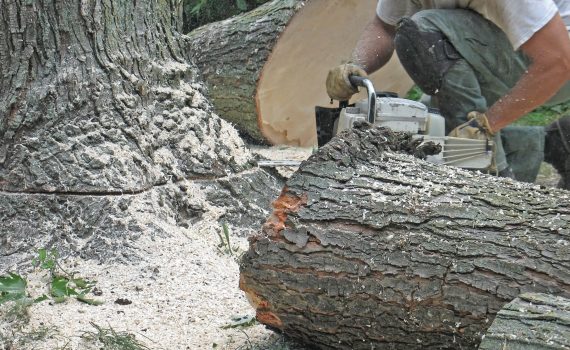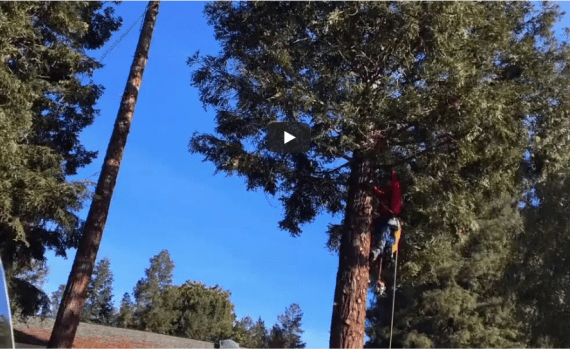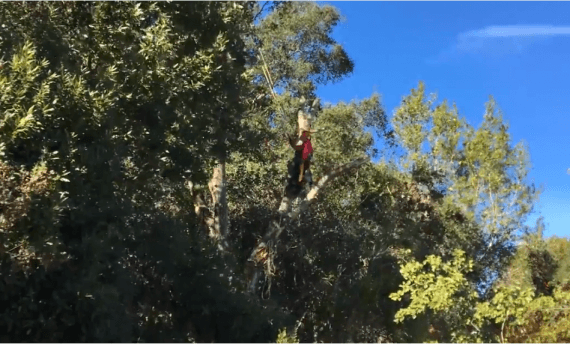Are you planning on bringing home a real Christmas tree this year for an exciting addition to your holiday celebrations? Providing proper care for your fresh cut Christmas tree ensures that it lasts throughout the holiday season and continues to bring joy to your friends, family and guests. When you cut and pick up your tree, more than half of it’s weight is water, so with special tree care and management you can promote the longevity and beauty of your tree. At the same time, as we come into winter, it’s important to also keep in mind the trees in your own backyard, and how they should be best cared for during the holiday season.
At The Tree Lot or Farm
If you want to ensure your tree lasts right through the holiday, it’s important to begin with careful selection when you are buying your tree. Give you tree a quick shake to check that the tree doesn’t drop too many needles, and inspect the tree for brown areas and dryness. Wrap your tree in plastic or a net for the drive home to preserve and protect the branches.
Setting Up Your Tree
Of course, everyone wants to decorate the tree as soon as you bring it home, but it’s important to prepare and set up your tree so it stays fresh and healthy. If your tree was freshly cut when you bought it, you can bring it home and place it immediately in a bucket of water. If your tree was bought pre-cut, it’s necessary to cut an additional inch off the bottom of the trunk before placing in water. Cutting your tree trunk flat is more effective for water absorption than drilling holes.
Water, Water, Water
Arborists and tree experts agree that the most important part of Christmas tree care is ensuring your tree has enough water. You should provide one quart of water for every inch of tree trunk diameter and check the water level everyday. It’s quite normal for a tree to absorb a large amount of water one day and just a little the next. Keeping your tree adequately watered is key to preventing it drying out and dropping needles by the end of December. The temperature of the water is not important and nothing needs to be added to the water either to maintain tree health.
Tree Care at Christmas
It’s also important to care for the other trees in your garden in the cooler holiday season. Call your local arborist for some expert help or advice for the trees and shrubs in your yard, to ensure they stay in perfect health throughout December. Having your local arbborist deliver fresh mulch can help to protect the roots and keep your trees healthy through winter. If there doesn’t seem to be a lot of rainfall during winter, make sure you water your trees and shrubs deeply a few times a week to prevent them drying out.
Taking good care of your Christmas tree during the holiday season helps to ensure the festive cheer this special addition brings can last even longer. It’s also ideal to use this opportunity to take care of the trees in your yard as well, and with professional advice from a qualified arborist you can support and nourish your garden to thrive in the new year.
 Bringing Sexy Back Into Your Yards
Bringing Sexy Back Into Your Yards 

